Sita Mata Wildlife Sanctuary is one of the most tranquil and enchanting spectacles of nature, comprising lush forests, winding rivers, and a wide variety of wildlife. Nestled amidst the rugged terrain of the Aravalli Mountain range, this sanctuary is spread over an area of 423.24 sq km. The Aravalli Mountain range is about 900 km long and extends from Delhi to Gujarat. The places to visit around Sita Mata Wildlife Sanctuary are more about experiencing the tranquillity of nature or even a habitat of various species in their natural surroundings.
Location
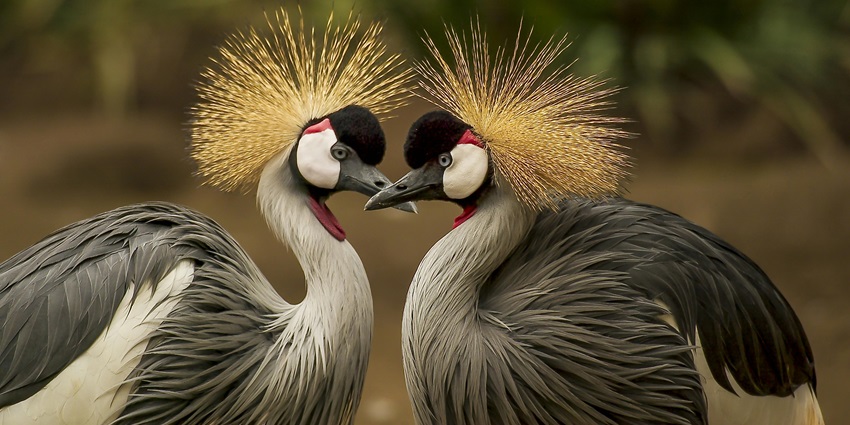
Photo: Pixabay / Pexels / Image For Representation Only
Sita Mata Wildlife Sanctuary is in the Chittorgarh district of Rajasthan, India. It is part of the Aravalli mountain range, near Pratapgarh. The sanctuary’s terrain includes lush forests, rolling hills, and rivers, creating a diverse and vibrant ecosystem. Its relatively remote location adds to its appeal, providing a serene escape from urban life and an opportunity to immerse oneself in the natural beauty of Rajasthan.
Suggested Read: Places To Visit In Jaipur In The Evening
How To Reach
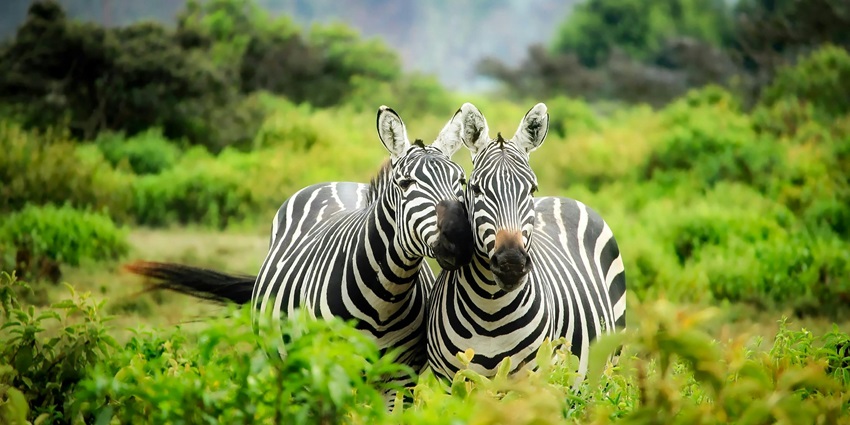
Photo: Pixabay / Pexels / Image For Representation Only
By Air: The closest airport to Sita Mata Wildlife Sanctuary is Maharana Pratap Airport in Udaipur, about 150 kilometres away. From the airport, you can hire a taxi or use local transport services to reach the sanctuary.
By Bus: Regular bus services connect major cities like Udaipur and Chittorgarh with the town of Pratapgarh, which is the nearest town to the sanctuary. From Pratapgarh, you can hire a taxi or take a local bus to the sanctuary.
By Rail: Chittorgarh Railway Station, approximately 100 kilometres from the sanctuary, is the nearest railway station. From the station, you can hire a cab or take a local bus to reach Sita Mata Wildlife Sanctuary.
Places To Visit Near Sita Mata Wildlife Sanctuary
There are many interesting and serene places to visit near Sita Mata Wildlife Sanctuary, the best ones are listed below:
1. Sita Mata Temple
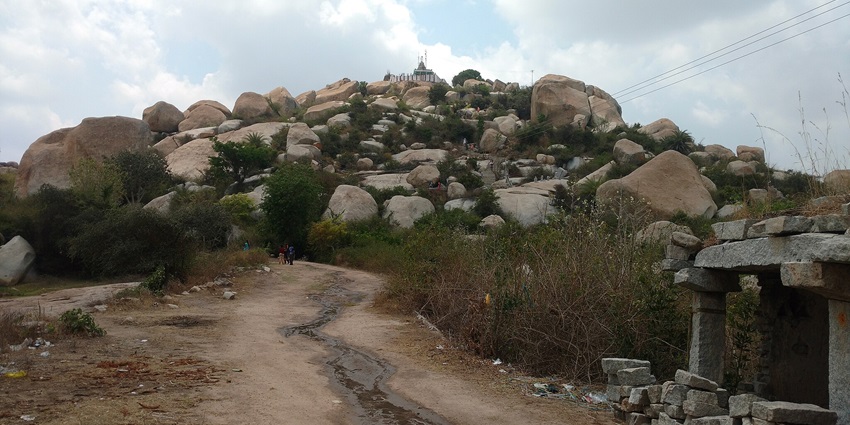
Photo: Cworldkm / Wikimedia Commons
Sita Mata Mandir, in the serene Sita Mata Wildlife Sanctuary in Rajasthan’s Pratapgarh district, is a revered temple dedicated to Goddess Sita. According to local legend, this is the place where Sita, the wife of Lord Rama, entered the earth after her exile, making it a spiritually significant site for devotees. Surrounded by dense forests and diverse wildlife, the temple is set in a peaceful and natural environment. The annual Sita Mata Fair draws pilgrims from across the region, offering a blend of spirituality and nature. The temple’s location adds to its tranquil and sacred ambiance.
Timings: 6 AM – 6 PM
Entry Fee: Free
Suggested Read: Things To Do In Sawai Madhopur
2. Chapi Dam
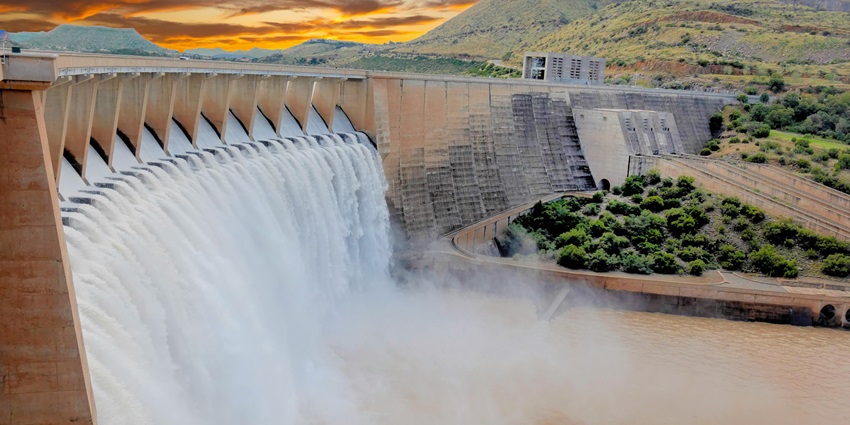
Photo: Frans van Heerden / Pexels / Image For Representation Only
Chapi Dam, near Pratapgarh in Rajasthan, is a scenic and lesser-known reservoir surrounded by lush greenery and hilly terrain. It serves as a crucial water source for the nearby regions, aiding in irrigation and providing water for local communities. The area around the dam is tranquil, making it a popular spot for picnics and nature walks. During the monsoon season, the dam is especially picturesque, with the reservoir filled to capacity and the surrounding landscape in full bloom. Its peaceful environment and scenic beauty attract visitors looking for a quiet escape amidst nature.
Timings: 7 AM – 5 PM
Entry Fee: Free
3. Sita Mata Waterfall
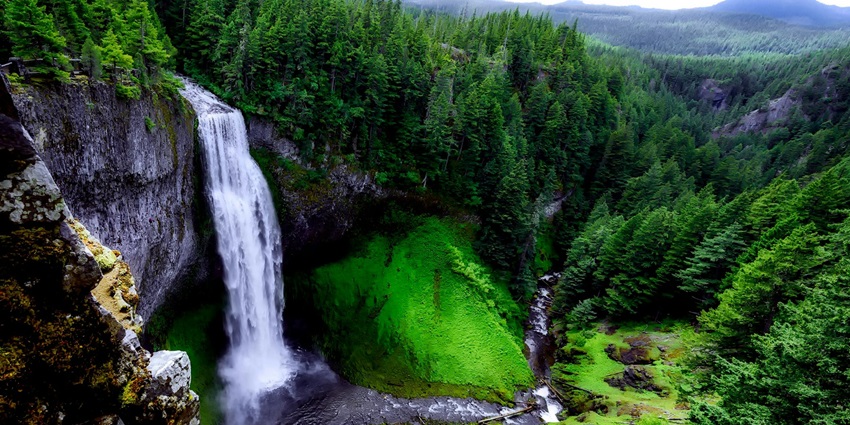
Photo: Pixabay / Pexels / Image For Representation Only
Sita Mata Waterfall, in Sita Mata Wildlife Sanctuary, Rajasthan, invites one with its ethereal and pictorial appeal. The waterfall is hidden amongst the thick forests and rich wildlife; nature lovers can enjoy their respective retreats here with satisfying appeal. During the monsoon season, the waterfall is most astounding when water trickles down the rocky terrain and forms a spellbinding view. The surrounding greenery and serene surroundings make it a perfect site for tourists seeking solitude from nature itself. The waterfall, together with the sanctuary, also has its spiritual importance as it is associated with the Sita Mata from Ramayana.
Timings: 8 AM – 6 PM
Entry Fee: Free
Suggested Read: The Top Things To Do In Sikar
4. Bhanwar Mata Temple
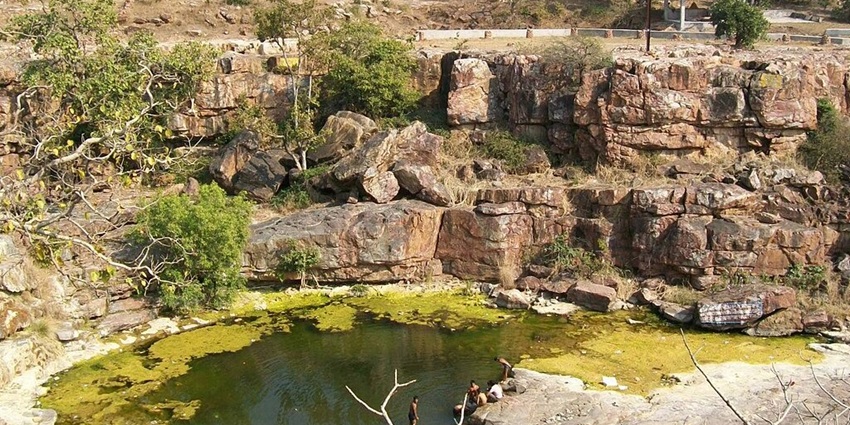
Photo: Hemant Shesh / Wikimedia Commons
Bhanwar Mata Temple is a holy temple near the Sita Mata Wildlife Sanctuary in Rajasthan and shows respect to Goddess Bhanwar Mata, one form of Durga. The calm hills present a differently spiritual atmosphere, and many pilgrims flock here with a desire for good health and prosperity from the goddess. The temple tops in its popularity at festivals, as pilgrims throng here to be part of various ritualistic performances and prayers. It stands on top of a hill and offers a panoramic view of the surrounding landscape.
Timings: 6 AM – 6 PM
Entry Fee: Free
5. Pratapgarh Fort
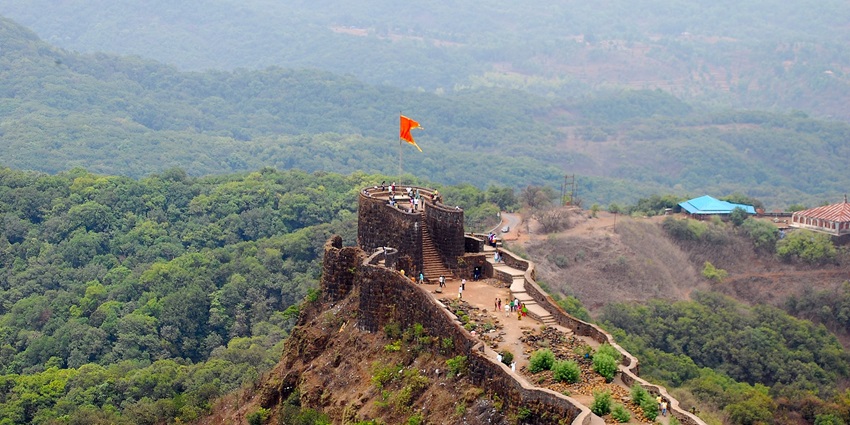
Photo: Neeraj Rane / Wikimedia Commons
Pratapgarh Fort, in Pratapgarh, Rajasthan, has its name taken after the legendary ruler of Mewar, Maharana Pratap. The fort stands tall in a hill where it offers an insightful view into the surrounding areas and depicts the richness of the vicinity of Rajasthan. Its strong walls, ancient gates, and architectural details reflect the grandeur of Rajput forts. It is a highly historical place that speaks volumes about the valiant spirit of Maharana Pratap. The ruins of the fort are favored because they include temples, courtyards, and an overall developed atmosphere.
Timings: 9 AM – 5 PM
Entry Fee: Free
Suggested Read: Gajner Wildlife Sanctuary
Where To Stay
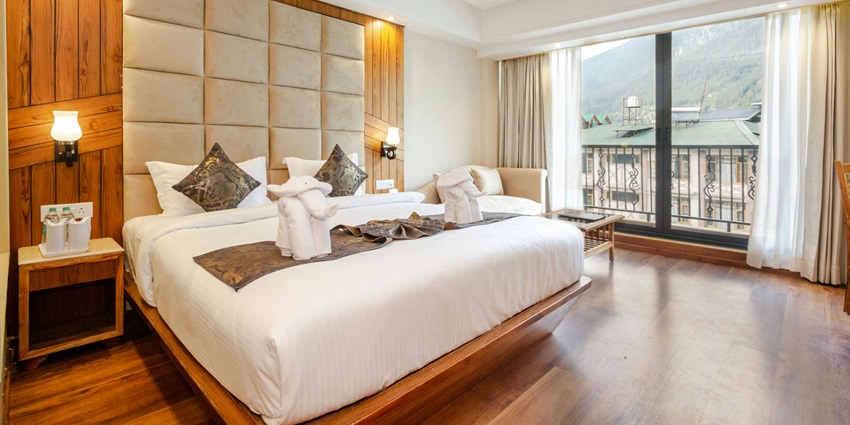
Photo: SVH Manali / Pexels / Image For Representation Only
Accommodation options near Sita Mata Wildlife Sanctuary range from budget lodges to mid-range hotels. In the nearby town of Pratapgarh, you can find several guesthouses and hotels offering basic amenities. For more luxurious stays, consider hotels in Chittorgarh or Udaipur, which provide higher-end facilities and are a bit farther from the sanctuary. Booking in advance is advisable, especially during peak tourist seasons, to ensure availability and secure the best rates.
Where To Eat

Photo: Mahi Tatavarty / Wikimedia Commons
Dining options near Sita Mata Wildlife Sanctuary include local eateries and restaurants in Pratapgarh and Chittorgarh. You can enjoy traditional Rajasthani cuisine, including dishes like dal baati churma and gatte ki sabzi, at these local restaurants. Many hotels and guesthouses also offer in-house dining with a variety of regional and continental dishes. Sampling local cuisine not only enhances your travel experience but also provides a taste of Rajasthan’s rich culinary heritage.
Suggested Read: Explore Dolls Museum Jaipur
Best Time To Visit
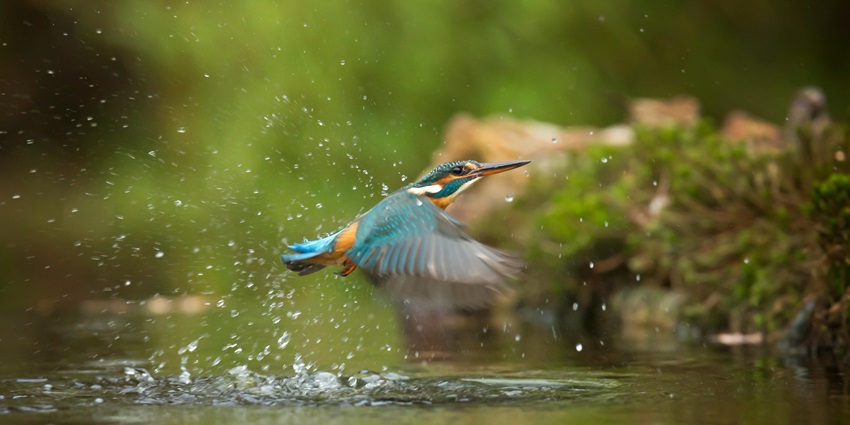
Photo: Monique Laats / Pexels / Image For Representation Only
The best time to visit Sita Mata Wildlife Sanctuary is from October to March. During these months, the weather is cooler and more pleasant, making it ideal for outdoor activities and wildlife spotting. The temperatures are comfortable, and the risk of rain is minimal, allowing visitors to explore the sanctuary without weather-related disruptions. The monsoon season, from June to September, brings heavy rains that can affect accessibility and may limit certain activities.
Other Factors To Consider

Photo: Tirachard Kumtanom / Pexels / Image For Representation Only
Average Cost Of Trip
A trip to Sita Mata Wildlife Sanctuary typically costs between ₹8,000 to ₹15,000 per person, depending on your choice of accommodation, dining, and activities. This estimate includes travel expenses, entry fees, and any additional tours or activities. Opting for budget accommodations and self-guided tours can help manage costs, while luxury stays and guided experiences may increase the overall expenditure.
Tips For Travellers:
- Ensure you book your accommodation and any necessary permits in advance.
- Bring comfortable clothing, sturdy walking shoes, and essentials such as sunscreen and insect repellent.
- Follow all guidelines and regulations set by the sanctuary authorities to ensure the safety of both visitors and wildlife.
- Carry sufficient water and stay hydrated, especially if you plan to engage in extensive walking or hiking.
Suggested Read: Jaipur Night Safari
Sita Mata Wildlife Sanctuary offers a stunning blend of biodiversity and natural beauty, making it a perfect destination for nature enthusiasts and wildlife lovers. Its rich flora and fauna provide unique opportunities for exploration and education. To experience the wonders of this sanctuary firsthand, plan your visit today with TripXL. Discover the enchanting landscapes and vibrant wildlife that await you—book your adventure now!
Cover Photo: VITALIY ANOKHIN / Unsplash / Image For Representation Only


 WhatsApp
WhatsApp
 Twitter
Twitter









